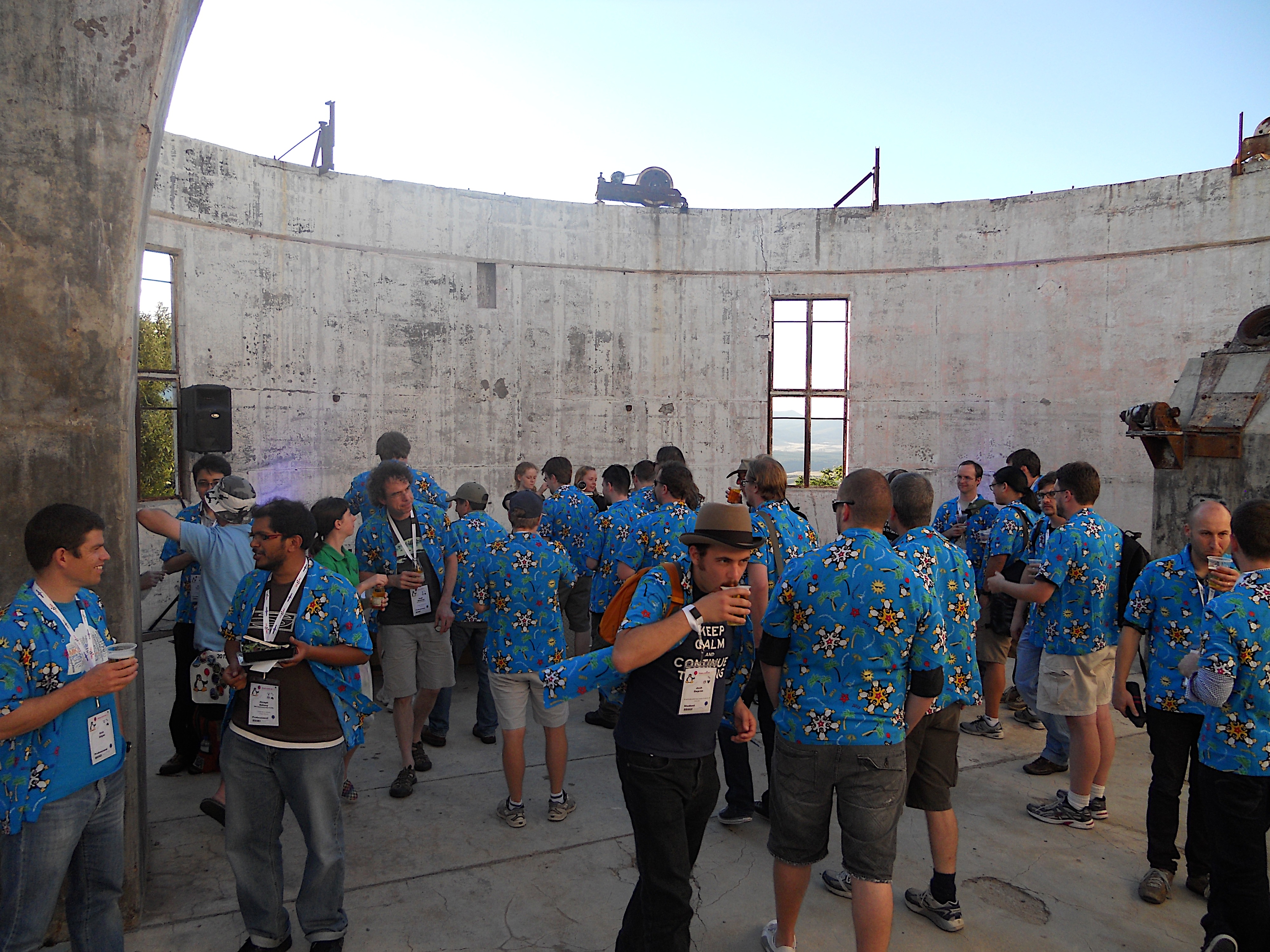Traversing the SXSW command center in downtown Austin has
been an exercise in defensive walking. There were so many distracted attendees peering into their smartphones while chatting with friends and consuming free food swag, that I had to navigate carefully to avoid head-on collisions. Too bad my safe walking habits won’t get me a discount on iPhone insurance. This is who we are now, the mega-multi-tasking hordes trying to do time management by doing 12 things simultaneously.
And weirdly, though we’ve learned to do all these things at once, we still haven’t figured out how to manage our time. I know this because recently we’ve seen an uptick in requests for time management training. Seems there is an issue with employees getting projects finished on time correctly and managers are frustrated. I am going out on a limb here (not really) to say some of it is due to distractions and trying to multi-task. Yup, trying to multi-task. Study after study has shown that multi-tasking actually decreases a person’s productivity dramatically. Crafting an email response to a client and at the same time messaging with your friends on Facebook about your evening live music plans can be a recipe for disaster as one of my client’s employees discovered. And a quick “oops sorry about that” follow up email to the client was surprisingly not good enough for the employee’s manager. Hmm, really? Well, he’s learned a valuable lesson about focusing on work but at the expense of the company’s client relationship.
So what is the solution? Banning Facebook at work? Taking away one distraction is not going to solve the real problem so let’s get to the root of it. Creating an understanding and respect for managing one’s own projects and deliverables together with the accountability by management to follow up and support.
This process includes the employee and the manager. For the employee, it’s recognizing the importance of focusing on tasks completely until completed and admitting he’s not a super human capable of juggling it all. For the manager, it’s her responsibility to assign the task AND follow up with the employee on status. Mentioning it once in a meeting and then not documenting via status spreadsheet or adding it to the timeline and not bringing it up again for three months is not going to work. Daily stand up meetings (scrum meetings they’re called) or weekly project status updates that require both employee and manager to talk are a good start. Even better is modeling the effective and efficient behavior needed to stay on task and on target. We teach the crucial difference between urgent and important, urgent and not that important and not urgent OR important.
We can help you get started on the path to time management mastery so contact us.
We work with companies on a project basis or on retainer, providing a custom level of HR help designed for your business. Contact me at Caroline@valentinehr.com or call (512) 420-8267.




